Wishlist
The products are limited
The products are limited
Ball Bearings are one of the most critical components in the field of mechanical engineering. Deep groove ball bearings have the advantages of high speed, low friction, high load and high precision. In various machines and equipment, bearings play a crucial role in supporting and reducing friction. Just like the joints of the human body enable our bodies to move flexibly, ball bearings can make the machine run more smoothly, reduce energy loss, and extend the service life of the machine. The application range of bearings is extensive, covering almost all fields of machinery and equipment in daily life.
Let us take a look at the remarkable versatility of ball bearings and the critical role they play in a variety of industries.
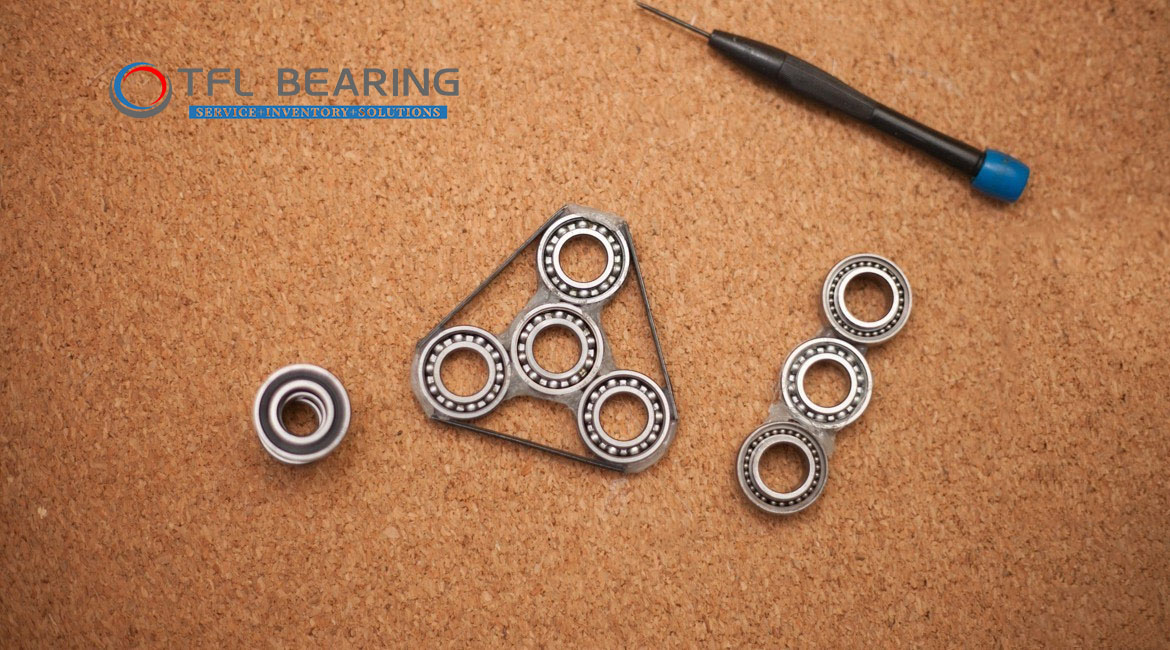
One of the most typical uses of ball bearings is in transportation, as almost all modes of transportation rely on wheels or rotating parts. Common types of ball bearings are skateboard bearings and bicycle wheel bearings; likewise, they are found in tricycles and any other application that utilizes wheel rotation. A car usually has about 30 types and 50 sets of bearings installed in different rotating parts. In practice, automotive bearings are generally classified according to their installation or use locations. Corresponding to the division of automobiles into engines, transmission systems, steering systems and air conditioning systems, they are engine bearings, wheel bearings, air conditioning compressor bearings, cross shafts, gearbox bearings, etc. Due to the diversity of automobile and bearing designs, similar components in different automobiles often use different component structures and bearing structures.
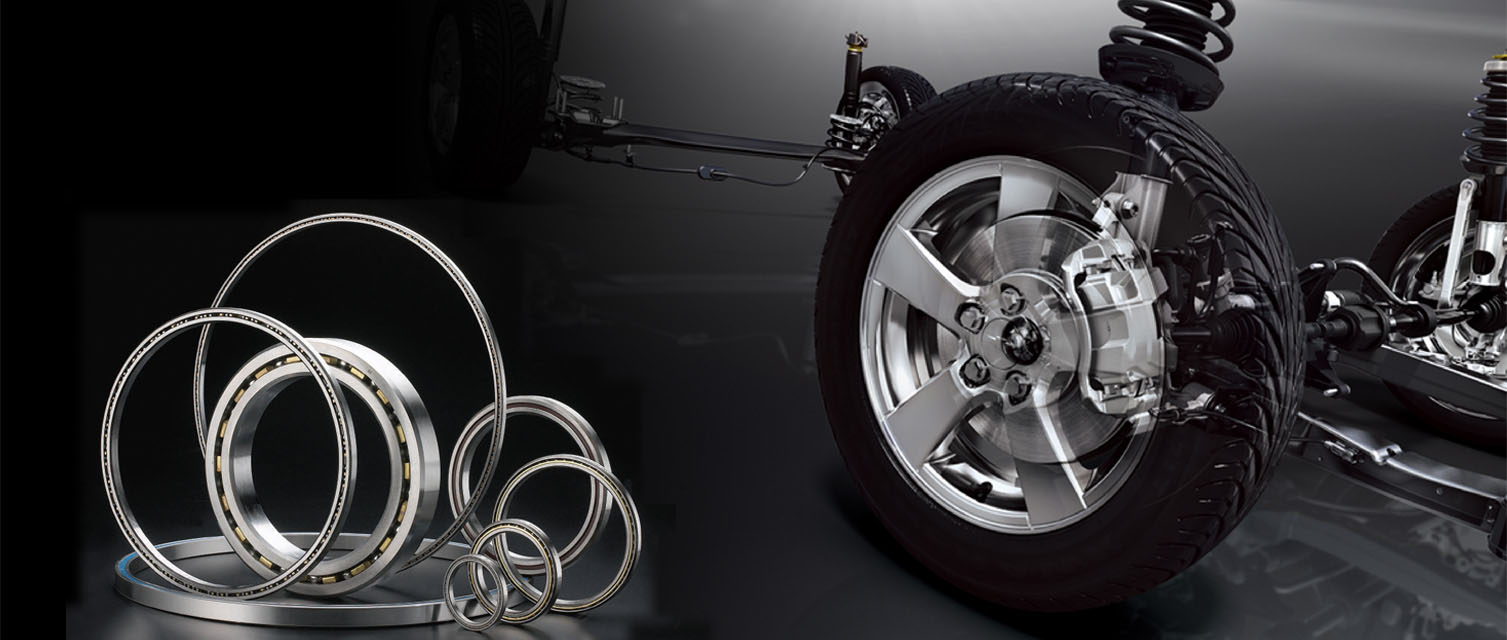
Wheel hub bearings are important running parts of automobiles. The wheel hub shaft is responsible for reducing friction resistance during chassis operation and maintaining the car's everyday driving. Automobile wheel hub bearings are developed based on standard angular contact bearings. They combine two sets of bearings into one. They have good assembly performance, can omit clearance adjustment, are light in weight, compact in structure, large in load capacity, and can be loaded in advance. With the advantages of lubricating oil, omitting external hub seals and being free from maintenance, it has been widely used in cars, and there is also a trend of gradually expanding its application in trucks. To learn more about automotive bearings, you can read What is an automotive bearing?

A conservative estimate is that the average home has at least 15 different appliances that use bearings. Although you may interact indirectly with bearings infrequently, you will rely on them in most regular tools. Joint motor bearings are deep groove ball bearings, which are widely used in refrigerators, air conditioning units, ovens, dishwashers, washers and dryers, microwave ovens, blenders, ceiling fans, vacuum cleaners, food processors, and even kitchen sliding doors, drawers or windows. In addition to numerous household appliances, miniature ball bearings are also used in many personal electronic devices. This may include DVD players, computer exhaust fans, game consoles, fitness equipment, ATMs, printers, etc. Even in more essential items, ball bearings are used to facilitate rotational motion, such as yo-yo bearings, jewellery bearings, etc.
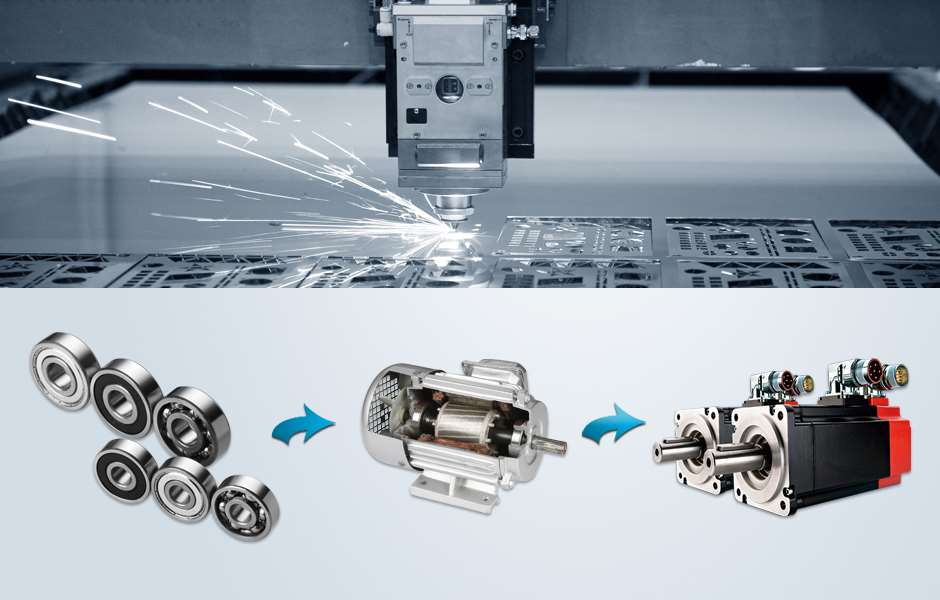
Although this may be outside of your daily life, ball bearings are used in large quantities in the manufacturing process of various products. Printing equipment uses many types of ball bearings. Printing machine bearings are mainly used for the main cylinders of sheet-fed printing machines and web printing machines. Textile machinery requires highly automated work during spinning, weaving, finishing or processing, and these are inseparable from the help of numerous bearings. In the food and packaging industry, the design of high-quality mechanical components for continuous operation is essential, and robust, corrosion-resistant bearings, effective sealing and self-lubricating functions under most working conditions bring continuous stability to the machinery that operates continuously. Power. In the plastics, chemical fibre machinery, and plastic film stretching industries, unique bearings are needed, that is, specially treated high-temperature bearings to support and transmit motion.
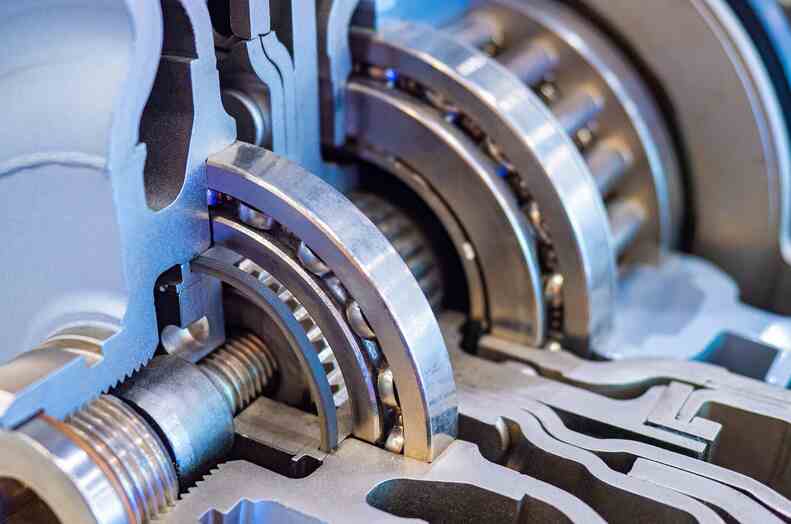
Spindle bearings are essential accessories for machine tools. The performance of the bearings can even directly affect the speed, rotation accuracy, rigidity, noise, temperature and thermal deformation of the machine tool, which in turn affects the accuracy and surface quality of the final product. Therefore, more advanced machine tools must be equipped with high-precision bearings. The precision of machine tool bearings is generally divided into five precision classes: P0\P6\P5\P4 and P2. The precision of bearings used for precision machine tool spindles should be P5 and above. In contrast, for spindle bearing sets of high-speed machine tools such as general CNC machine tools and machining centres, You need to choose P4 and above super-precision bearings.
In medical equipment, ball bearings enable flexible and smooth movement of surgical equipment, providing doctors with accurate and precise operations. In medical equipment, such as operating tables, X-ray equipment, CT scanners, etc., the low noise and low vibration characteristics of ball bearings are essential, making a considerable contribution to providing a stable and accurate working environment; ball bearings usually also have high rotation speeds Low noise and vibration control performance, generally used in nuclear magnetic resonance machines, ultrasonic diagnostic equipment and other occasions that have high requirements on noise and vibration. For example, some high-precision bearings, miniature high-speed bearings, miniature angular contact bearings, and some linear ball bearings are widely used.

The development direction of modern industrial robots tends to be lightweight, requiring supporting bearings to have a lighter structure. Bearings must meet the load-carrying capacity, precision, stiffness, and friction requirements of the industrial robot host within a limited space. The characteristics of thin-walled ball bearings, such as light mass, small size, high precision and long life, meet this requirement. Equal-section thin-walled ball bearings include three series: four-point contact ball bearings, thin-walled angular contact ball bearings and thin-walled deep groove ball bearings. They are primarily used in waists, elbows, wrists, and other parts of industrial robots, which require small and restricted cross-sections. When the inner diameter is the same, thin-walled ball bearings contain more steel balls than standard rolling bearings, which improves the force distribution inside the bearing, reduces the elastic deformation at the contact point between the steel balls and the groove, and improves the bearing capacity of the bearing.
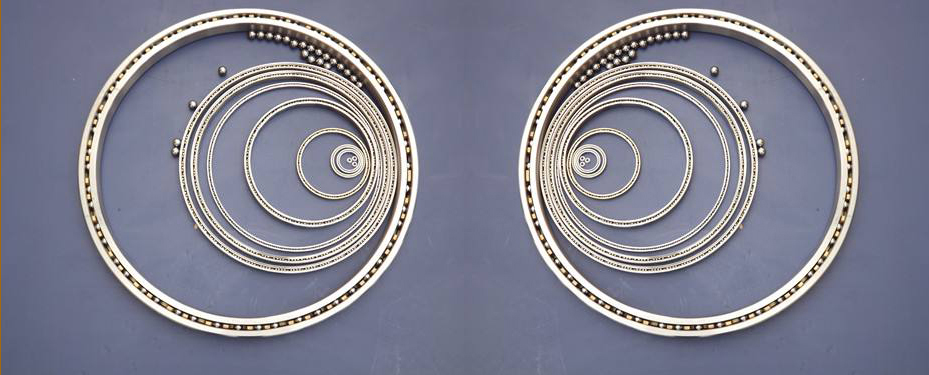
From cars to robots, from production to life, ball bearings exert their mighty power in various places that we cannot see. With the rapid development of science and technology, all walks of life are making progress. Improving high efficiency and high automation is the goal that humanity has pursued. We at Tefler Bearings also regard ultra-high-speed bearings and ultra-precision bearings as our most significant goals: improve speed and performance and provide high-quality bearings for new human energy and fully automated industries.
Dear friend, if you need any ball bearings, please do not hesitate to contact us; we will be happy to help you.